We’ll go ahead and say it: Every fly angler needs to read this one. Why? Well, because there’s always something to learn from George Daniel. As the author books like “Dynamic Nymphing,” Nymph Fishing,” and “Strip Set,” he’s one of the most informed minds on the planet when it comes to fly-fishing instruction. Oh, and that’s before we even mention the fact that he’s the lead instructor at Penn State’s fly-fishing program.
In other words, if you think you have nothing to learn about euronymphing, you’re wrong. Even George himself mentioned that he hires guides to get feedback several times a year, so if he’s still learning we should all still be learning and that’s what we’re going to do through this article.
We had the chance to talk with George about his advice for becoming a more effective euronympher. The article is split into two sections—beginner and advanced—but these lessons apply to anyone who has picked up a fly rod, so soak it all in. Here’s George Daniel on what you can do right now to be a better euronympher.
Tips for Beginners
Less Is More
People want to talk about the sexy stuff, about rigging patterns, but it doesn’t mean anything unless you have good casting principles with euro nymphing. Something I see all the time is that people want to overpower the cast. When you overpower the cast, you put slack and curves in the line. When you put that type of system into the line, you have a disconnect. The biggest thing with euro nymphing is limiting your body movements and your range of motion. With these euro rods, use nothing more than the simple flick of the wrist to maintain a tight connection from the beginning of the cast to the end of the cast. In my opinion, that’s 85 percent of what creates success versus what doesn't—a clean, crisp cast.

It applies to all casting. They try to overpower, punch the line, and use too many body movements. They're not being efficient fly casters. Limit your range of motion and let the rod pull the fly to the target. They're short casts. We're not making long casts. You don't need excessive movements with your body, with your legs. We need to make a 15- to 20-foot cast with a short little flip of the wrist. That is it. It’s all about efficiency.
Keep That Rod Tip High
Generally, you’re using a sighter. That’s your indicator. It’s going to allow you to see the strike or not. Most beginners when they're casting, they look down at the water—they make a cast, point the rod at the water, and lay the line, leader, and the sighter on the water. With euro nymphing, you want to keep the sighter off the water from the beginning of the cast. So, don't look down at the water. Find your target, make your cast, and look above your target. Find a tree limb or something, and stop the rod tip and hold it there. When you stop the rod tip high, you’re holding everything high off the water and within your visibility from the very beginning.
Learn to Register Strikes
One of the biggest misconceptions in euronymphing is that you're always going to feel the strike. That's not the case, especially when you’re fishing lightweight flies. There's not much tension or weight pulling when a fish strikes, so you're not going to feel a strike. It's going to be just a little hesitation or a twitch to that sighter.
The best way, in my opinion, to learn to detect strikes is by taking your euro rig to a local warm-water pond where there's bass and bluegill. Then, just jig your flies in the water. You can get hundreds and hundreds of strikes in a day and it’s reinforcing the idea that when you see that sighter twitch or move or hesitate, you’ve got to set the hook. Once you get that feedback enough times, it's instantaneous. Don’t try to learn on a hard pressured fishery where you might only get a couple of strikes in an hour. When you're beginning you need to be able to build that mental mindset of seeing the strike and setting the hook. Then, move to challenging waters.
Tips for Advanced Anglers
Keep It Vertical
I teach maybe a hundred lessons a year on euro nymphing. And something I see all the time is anglers using too much weight. Traditional nymphing without indicator was called high-stick nymphing or high-rod nymphing. When you hold the rod tip high off the water, you will see that there's a slight angle from the rod tip to nymph, and anytime there's an angle, you’re putting pressure or tension on that rig. You're never allowing that fly to free fall. And, just like dry fly fishing, you want the nymph to drift as naturally with a current as possible.

Most of the time when they’re euronymphing, people drag their flies or move the flies too fast. When you put even a small degree of tension on that rig, you've got to counter that with more weight on the business end to kind of counter that drag. One of the key concepts I like to think about is what we call “fishing vertically.” When you cast upstream with a nymph, instead of immediately moving the rod tip downstream—which is going to put some degree of tension between rod tip and nymph—point the rod tip at the nymph and hold the rod tip right there.
All you're going to do is keep the rod pointed at the fly while you make one or two long strips with the line, just managing that slack. And because you're not putting much tension, you're going to see even lightly weighted flies sweep quickly. You'll see that sighter go from a shallow angle to a steep angle to an almost vertical position within a couple of seconds. Once that sighter is vertical, you hang it. Then you can lead the flies with that sighter straight up and down. That vertical concept allows you to fish a fraction of the weight you're used to fishing.
And more importantly, when it's hanging under the indicator or vertically under the sighter, your flies are drifting naturally with a water current, rather than dragging downstream. It's unnatural. It does work sometimes, but the best euronymphers I know, especially those who are in the competition circuit, are relying on that 90-degree angle.
Look for the Nervous Twitch
So how do you know if you have too much weight? What you're looking for is for what I call a “nervous twitch” in the sighter. It's kind of hard to explain. It's easier to demonstrate, but hydraulically speaking, you have fast currents on the surface, slower speed currents on the bottom, and when you have the right amount of weight and your fly is down in those soft currents down below, there’s a connection from your nymph to the tip. That goes all the way through the water column, up to the surface currents to your sighter, through those faster speed currents to the tip.

Essentially, your rod tip should look like someone picking a guitar. When you have the right amount of weight, you're going to see a nervous twitch. You're going to see that sighter pulsing and moving and hesitating during the drift. If I see my sighter straight up and down, and it's lifeless, that usually tells me I have too much weight. It's just rested on the bottom and there's too much tension. They're being dragged on the bottom. That little twitch is just like watching a dry fly in the current, drifting with the interplay of the water, and you want your nymph to do the same thing below the surface.
Break Up Your Cast
A big thing I see with more advanced anglers is a problem with rod tip control. When they make a cast, the angler is often twisting and turning their body to follow the nymphs downstream. They often swing the flies at the very end, so the angler at the end of the presentation is facing downstream. And nine times out of 10, the angler quickly turns and casts simultaneously, which is what causes most of your tangles. It causes the flies to kick off the backcast. If you have any trees or vegetation near you, you’re going to hook them by brushing alongside the bank.
And this is how I got my kids at age six to start fishing on their own without getting tangles at the end of the presentation. Turn, square your shoulders up to the target without making the cast, drift your hand forward, cock the wrist, get set up, and then make the cast. You've got to break your cast into separate parts. Don't just cast and turn at the same time. Square up, cock the wrist back, and then make the cast. If you can break it into those separate parts, you're going to reduce tangles with any of your droppers and you're going to reduce catching any streamside vegetation. You're also going to have a much more accurate cast.
Get a Second Set of Eyes
I would recommend filming yourself. I've gotten a lot better even in the last couple of years by filming myself and rewatching it, just like a game film. Once you get to a certain level, you don’t get to the top by yourself. Look at professional golfers or any professional athlete; there's usually some form of help involved. So watch yourself, or spend the $300 for a half-day lesson with an instructor. I hire five or six guides a year myself when I want to work on something. Once you learn 80 percent of anything, as you know, it's tough to break through and master something on your own. Watching video footage or hiring a qualified second set of eyes to give you feedback will make you that much better.
A huge thanks to George for taking the time to share his expertise and experience with us. If you’re interested in learning (a lot) more about euronymphing or nymphing in general, be sure to check out his books “Dynamic Nymphing” and “Nymph Fishing.” Or hell, go ahead and enroll in the fly-fishing program at Penn State—if we could only go back in time...


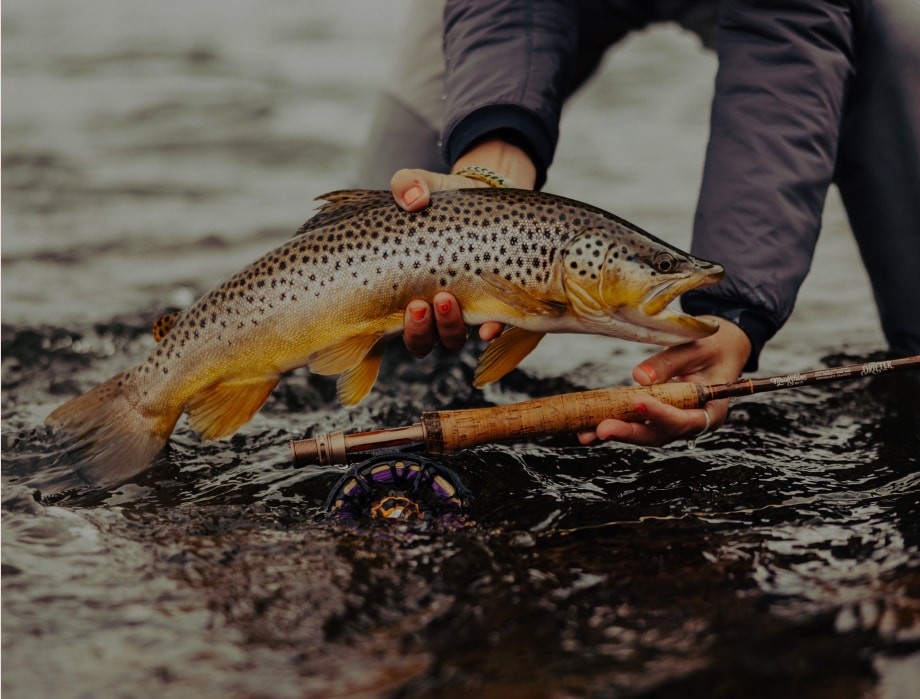
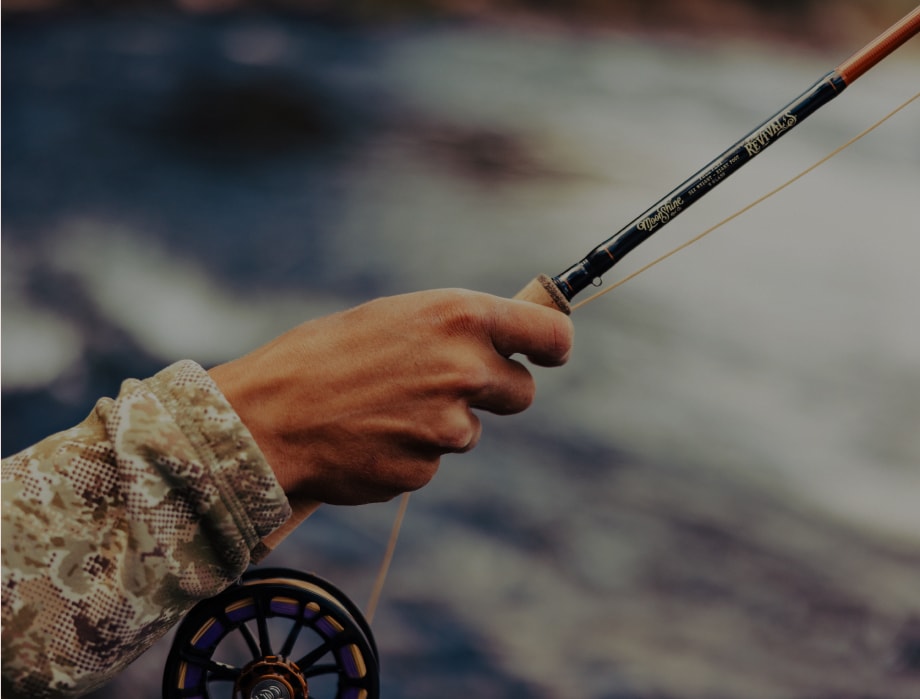
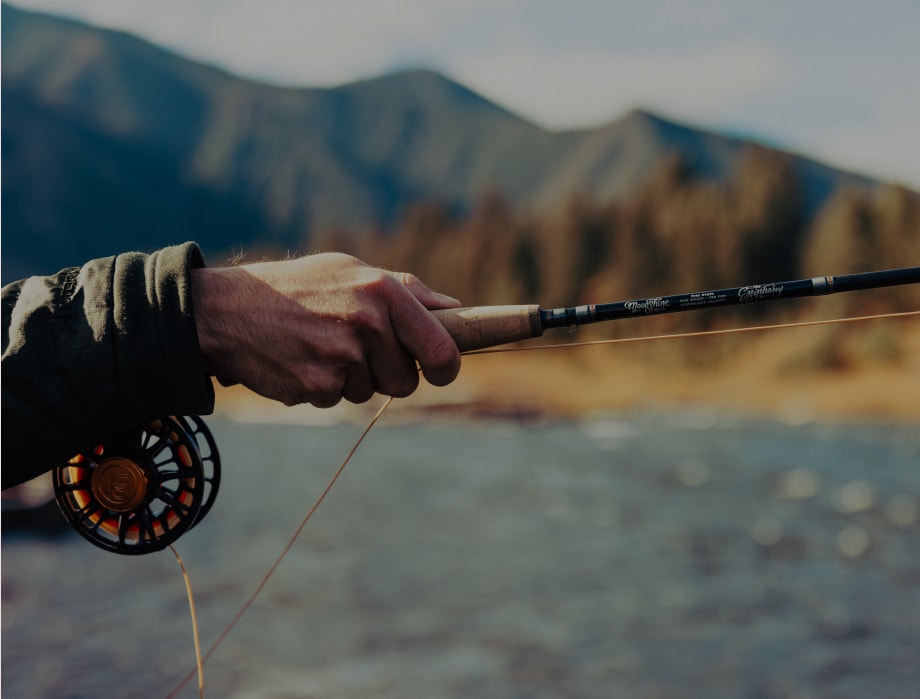
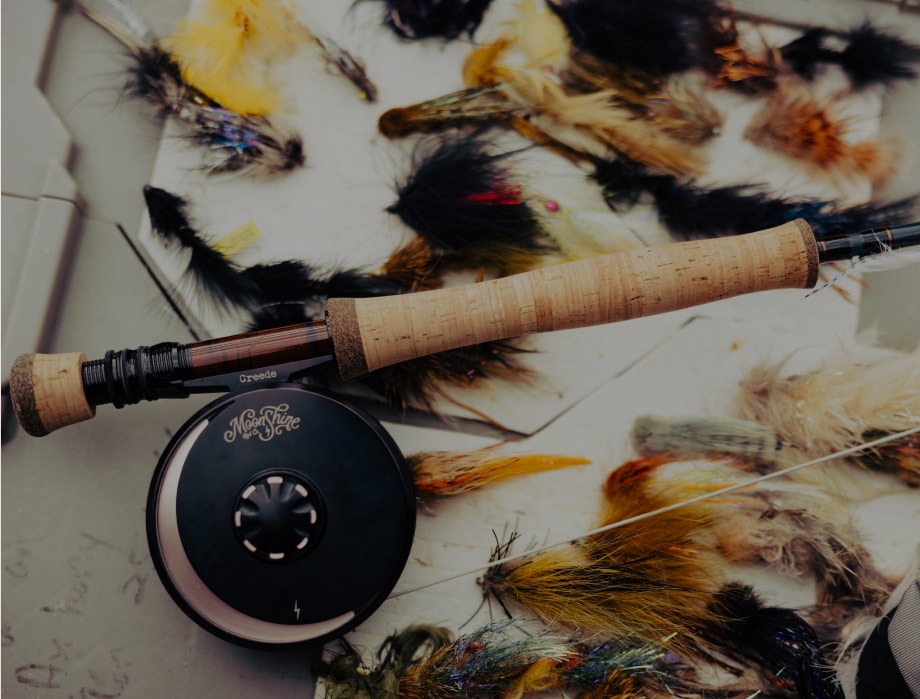
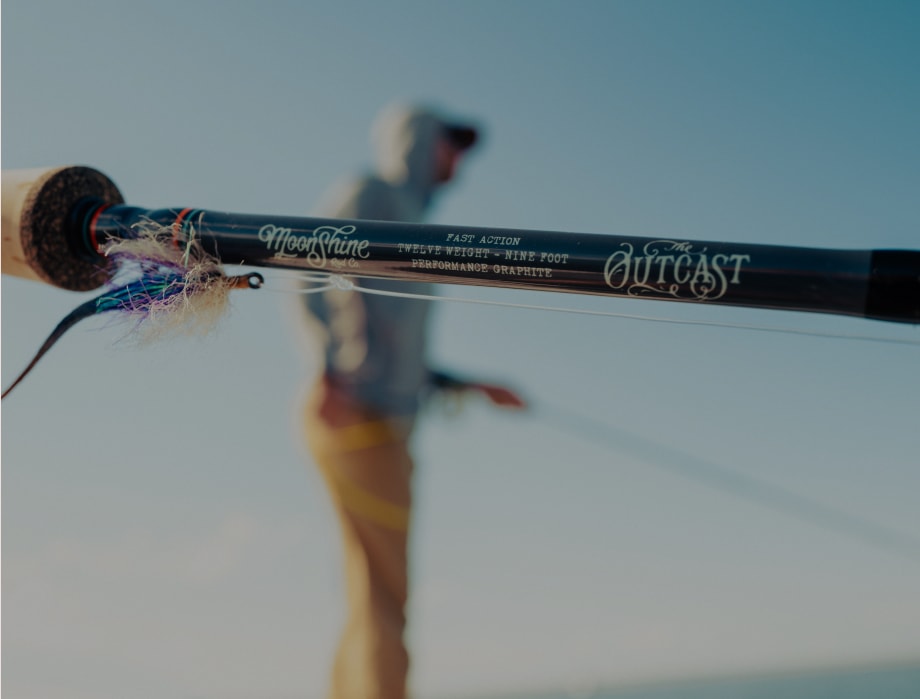
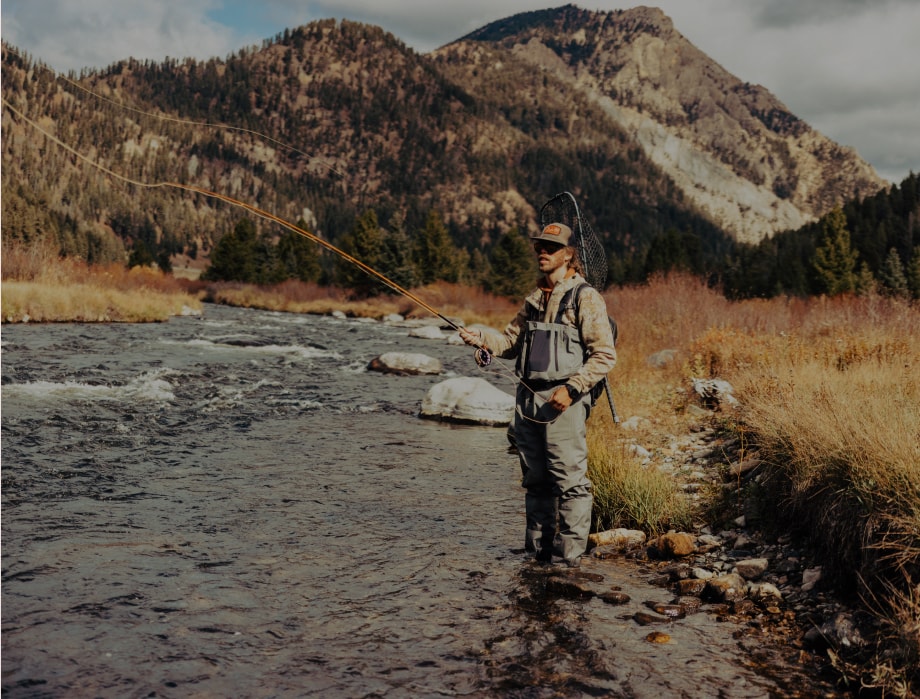
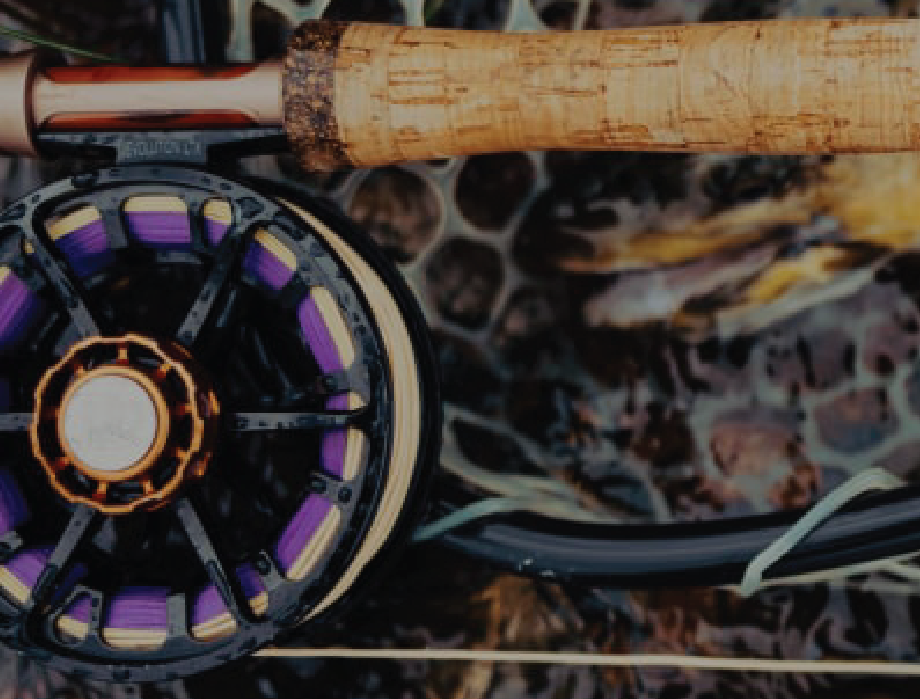
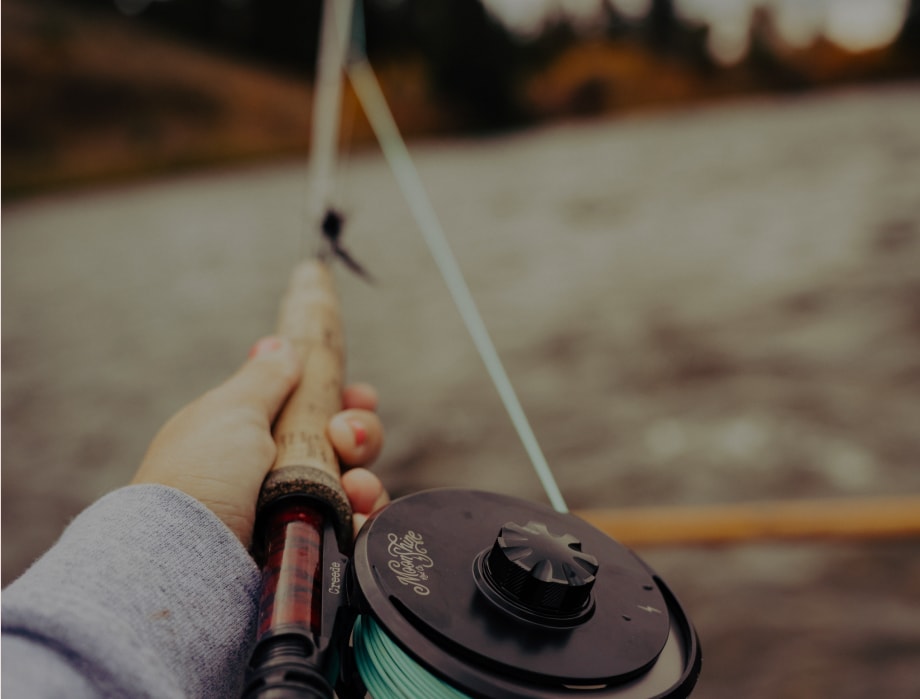


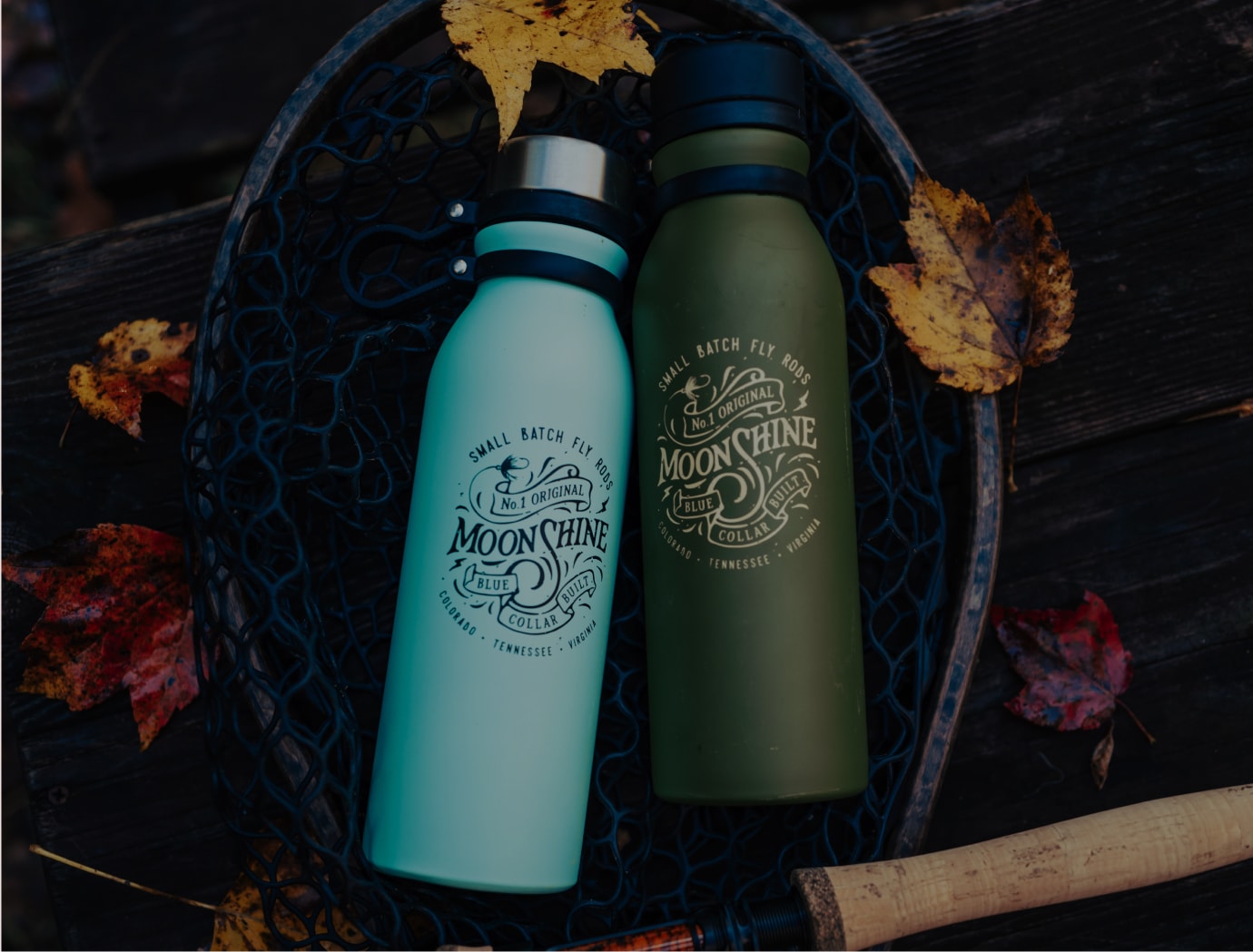

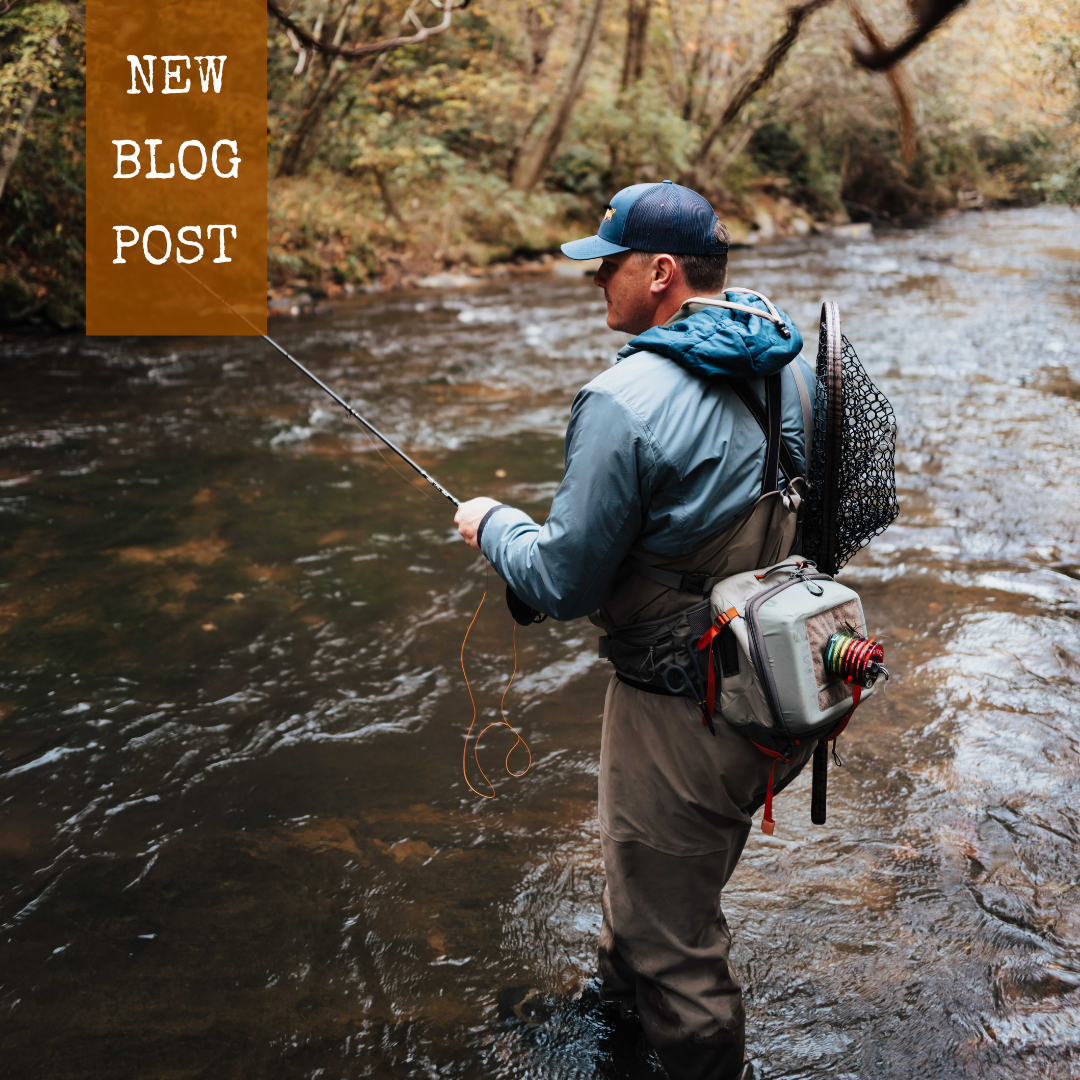
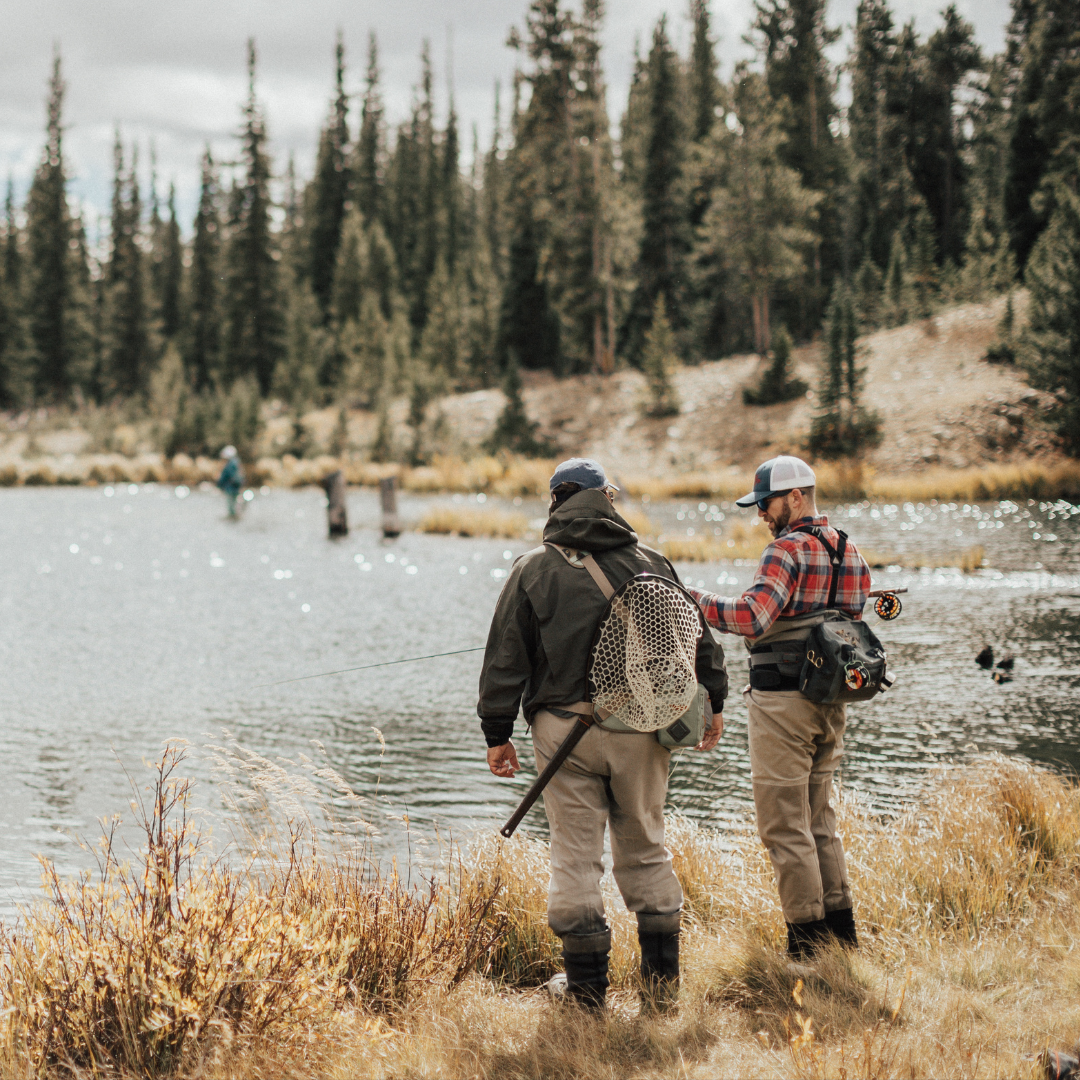
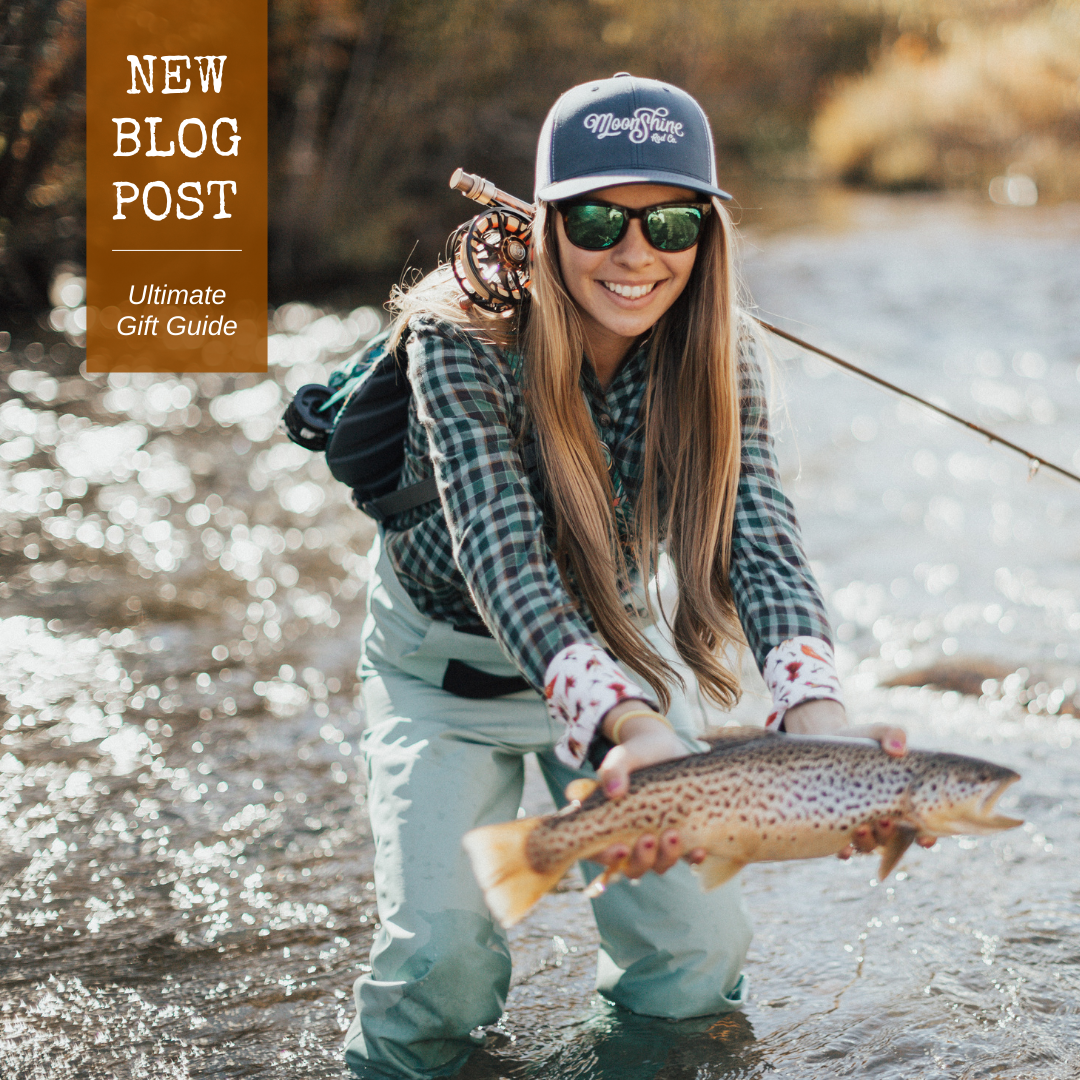
1 comment
Bob Ronnenkamp
Found old video of you tying a Michigan fry at Wasatch. Stirred up a hole full of brown trout in Wisconsin. Tied several new ones this morning and look forward to getting them wet.
In 2017 I visited with you in Denver SLC Nebraska and an Iowa show. Thanks for fielding my questions.
Leave a comment
All comments are moderated before being published.
This site is protected by reCAPTCHA and the Google Privacy Policy and Terms of Service apply.